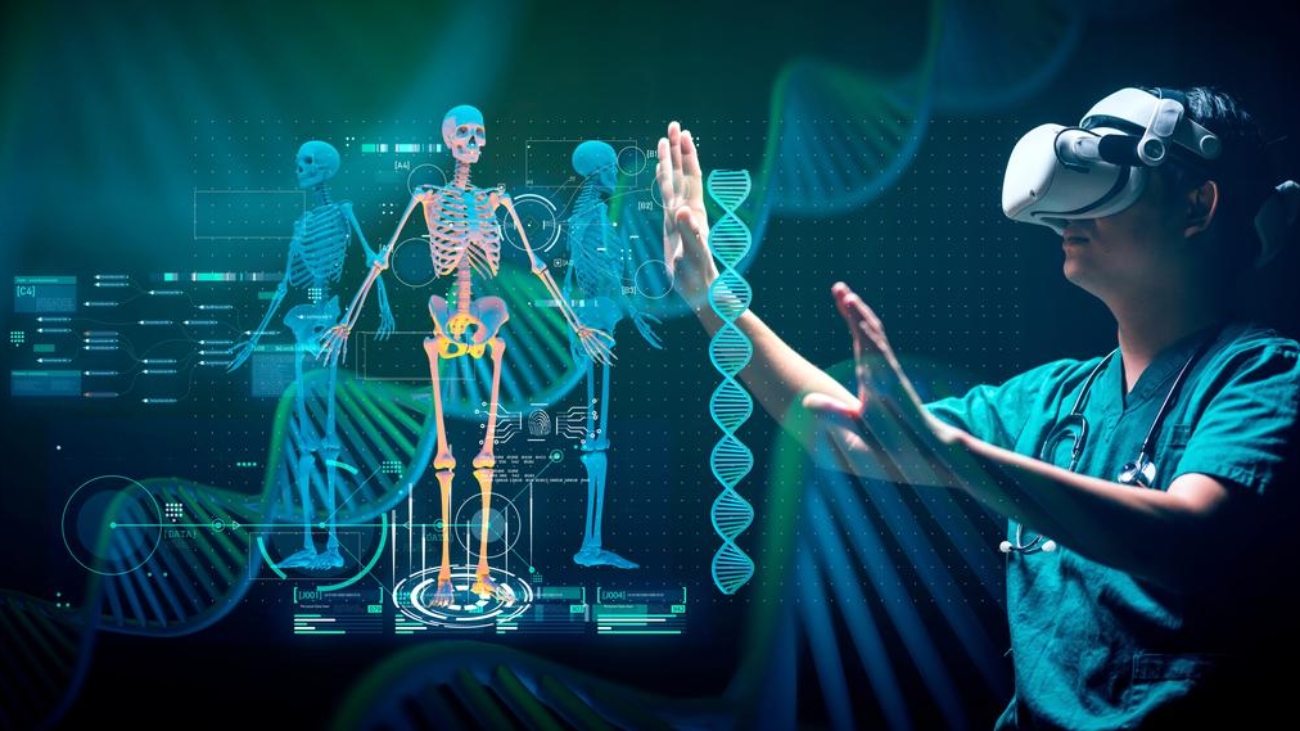Since its creation, virtual reality (VR) has captured our attention with its promise to immerse us in imaginative settings. As technology advanced, VR development has become a reality, bridging the gap between imagination and technology. In this article, we delve into the captivating world, exploring its evolution, the technology behind it, and the endless possibilities it offers.
The Journey of VR Development
The concept of VR dates back to the 1950s when the idea of creating simulated environments first emerged. However, it was not until the 1990s that significant strides were made. The introduction of VR headsets and interactive 3D graphics opened up a whole new realm of possibilities, paving the way for modern VR experiences.
VR Development: Behind Technology
At the core, it lies a combination of sophisticated technologies that work seamlessly together to create immersive experiences for users.
VR Headsets: VR headsets are the gateway to virtual worlds. These devices feature high-resolution displays and motion tracking sensors that detect the user’s head movements, enabling them to look around and interact with the virtual environment.
Motion Controllers: Motion controllers allow users to interact with objects in the virtual world. These handheld devices detect hand movements and gestures, translating them into actions within the VR environment.
3D Graphics: It relies heavily on 3D graphics to create lifelike and detailed virtual environments. Powerful GPUs (Graphics Processing Units) are essential for rendering realistic visuals and smooth animations.
Audio Technology: Sound plays a crucial role in enhancing the VR experience. Advanced spatial audio technology creates a 3D soundscape that enhances immersion, making users feel like they are truly present in the virtual world.
Tracking Systems: To ensure real-time tracking of the user’s movements. VR setups use tracking systems, such as external sensors or inside-out tracking, which is integrated into the VR headset.
The Immersive Potential of VR
VR development has transformed the way we experience entertainment, education, training, and more. It offers a unique opportunity to transport users to new and exciting environments, transcending the boundaries of physical reality.
Entertainment and Gaming: VR gaming has taken interactive entertainment to new heights. Players can step into the shoes of their favorite characters. Explore breathtaking virtual landscapes, and experience heart-pounding adventures in a way that was previously only possible in our wildest dreams.
Education and Training: VR has revolutionized education and training by providing realistic and immersive learning experiences. From virtual field trips to medical simulations, VR enables learners to gain hands-on experience in a safe and controlled environment.
Architecture and Design: In the realm of architecture and design, VR allows professionals to visualize and experience their creations before they are built. Clients can explore virtual representations of buildings and spaces, making informed decisions about design elements.
Healthcare and Therapy: VR has shown great potential in healthcare and therapy. It is used to treat phobias, manage pain, and provide exposure therapy in a controlled and immersive environment.
The Challenges of VR Development
While it has come a long way, it still faces certain challenges that developers must overcome to create even more realistic and seamless experiences.
Hardware Requirements: High-quality VR experiences demand powerful hardware, making the technology relatively expensive for some users.
Motion Sickness: Some users may experience motion sickness or discomfort when using VR, which developers must address through optimized experiences and smooth movement mechanics.
Content Diversity: To keep VR engaging and captivating, a diverse range of high-quality content is required across various industries and applications.
The Future:
The future is exciting and full of possibilities as technology advances.
Wireless VR: Advancements in wireless technology will lead to more portable and untethered VR experiences. Providing greater freedom of movement for users.
Haptic Feedback: Incorporating haptic feedback technology will enhance immersion by providing physical sensations in response to virtual interactions.
Social VR: Social VR platforms will connect users from around the world, enabling shared experiences and interactions in virtual spaces.
Conclusion:
VR represents a remarkable convergence of imagination and technology, unlocking transformative experiences across various industries with FinBiz Tech. As the technology continues to evolve and become more accessible, the boundaries between physical and virtual realities will blur even further. From thrilling gaming adventures to practical applications in education, healthcare. Beyond, VR is shaping a future where our wildest dreams can become virtual realities. The ongoing advancements promise to propel us into a world of endless possibilities. The boundaries of imagination continue to be pushed and where technology empowers us to explore and create new realities like never before.



